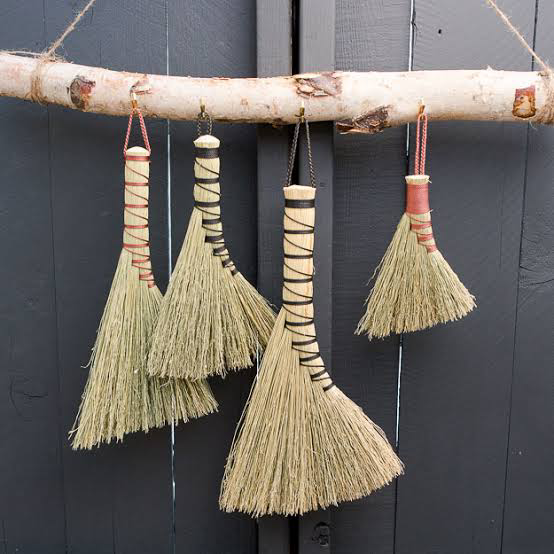The Art of Broom Making: A Forgotten Craft
Introduction
In the hustle and bustle of modern life, we often overlook the simple tools that make our lives easier. One such tool is the humble broom, a staple in households worldwide. The art of broom making, once a common skill, has largely been forgotten. This blog aims to shed light on this traditional craft.
History of Broom Making
The broom has been a part of human history for centuries. The earliest brooms, dating back to ancient times, were simply bundles of twigs or straw tied to a stick. Over time, broom making evolved into a craft, with artisans creating functional yet aesthetically pleasing tools.
The Process of Broom Making
Broom making is a process steeped in tradition. It begins with the selection of broomcorn, a type of sorghum that has been used for broom production for centuries due to its durability and flexibility. The broomcorn is harvested, dried, and sorted by length.
The broom maker, or broom squire, then begins the process of constructing the broom. The broomcorn is soaked to make it pliable, then it is bound tightly to a handle using twine or wire. The broom is then trimmed and shaped, often with a foot treadle broom winder, a tool that has changed little over the centuries.
The Significance of Broom Making
Broom making is more than just the creation of a household tool. It is a connection to our past, a link to a simpler time when every object in a home had a purpose and was crafted with care. Brooms were often made during the winter months, providing a source of income during a time when other work was scarce.
Conclusion
In today’s world of mass-produced goods, the art of broom making is a reminder of the value of handmade items. Each broom is unique, reflecting the skill and style of the broom squire. While broom making may be a forgotten craft, it is a part of our heritage that deserves to be remembered and appreciated.

